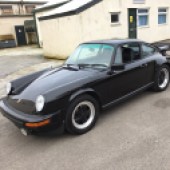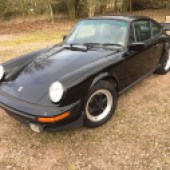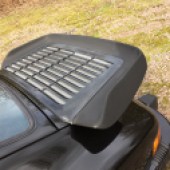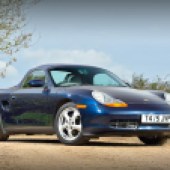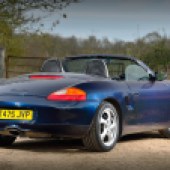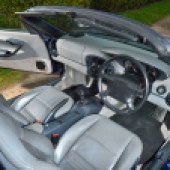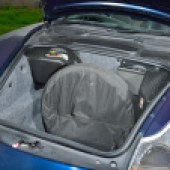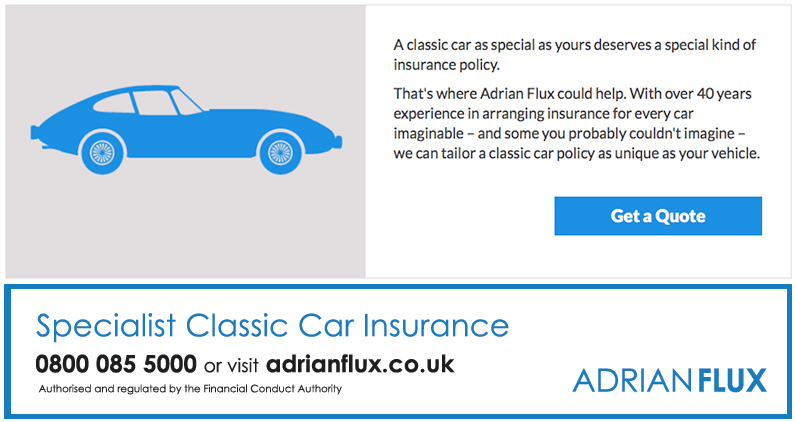Welcome to Old School vs New School where we visit the controversial subject of traditional classics compared to their more youthful equivalents. This time, the Porsche 911 versus the Porsche Boxster…
Just as today’s paper is tomorrow’s chip wrappers, so each modern classic will eventually take its accepted place in the line-up of cherished classics at a car show of the future and we’ve picked another selection we reckon offer a good illustration of the changing tastes.
If you wish you’d cashed in when a 911 was yours for £8000 or even when an E-Type was £500 then here’s your second chance.
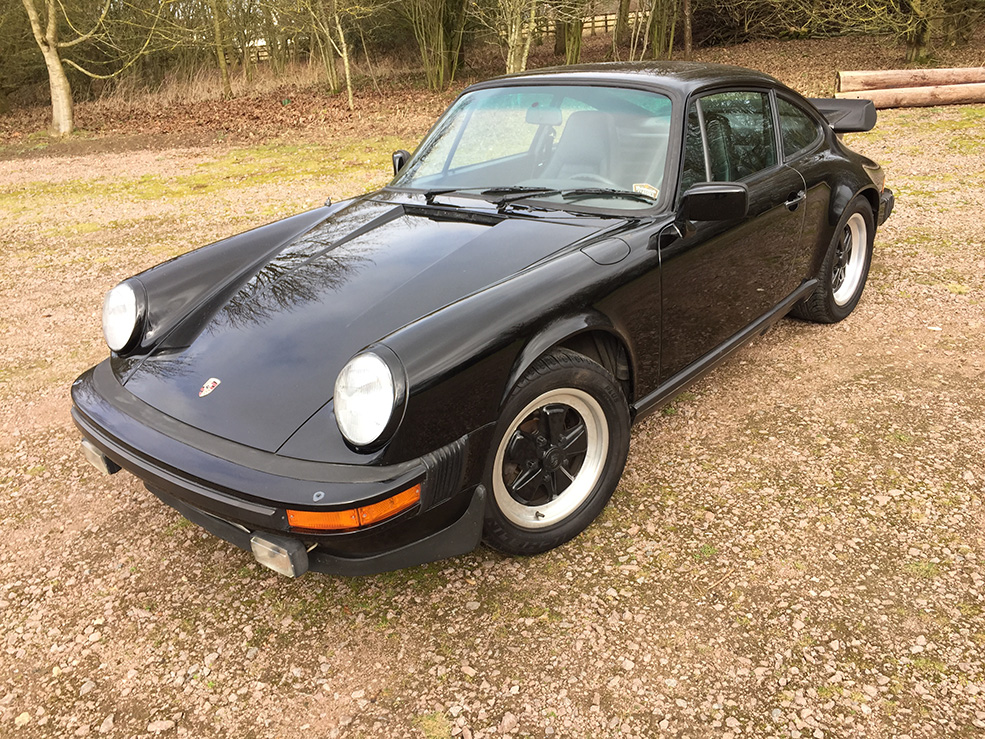
OLD SCHOOL – PORSCHE 911
TECH SPEC
Engine: 2993c
Power: 180bhp
Top speed: 141mph
Fuel consumption: 21mpg
Gearbox: five-speed manual
Defying sports car convention and putting the engine in the back shouldn’t have worked in 1963, but it did and but a classic Porsche 911 is still the car everyone wants to own before they die.
Without getting too bogged down with its evolution, the S from 1966 had better suspension and 160bhp, the A-Series from ’68 heralded the launch of a number of ‘poverty’ spec versions such as the 110bhp T with steel wheels and 912 trim, as well as the Targa from 1967. The B-Series for the 1969 model year had a slightly longer wheelbase, the C-Series from 1970 saw the engine grow to 2195cc, the D from ’71 had a better clutch, the E from 1972 saw capacity swell again to 2341cc, while the F/G/H Series from 1973-onwards introduced electronic fuel injection.
Other notable models included the 3.0-litre SC, which replaced all non-turbo models from 1977, and the Club Sport from 1988 which was the spiritual successor to the original Carrera RS (1972-1973). By 1984, to simply things, all 911s were called Carreras with 3.2-litre power. The substantially revised 964 took over in 1989, followed by the last of the air-cooled models – the 993 – which lasted from 1994 until 1997.
WHAT’S THE APPEAL?
Some of it’s to do with that iconic shape, but a lot of the 911’s desirability comes from the way it drives. Yes, it’s fast – but the sound and the sheer atmosphere of being enshrined in that classic Porsche cabin is what makes people want one.
Undoubtedly, however, the 911 is a car that requires a whole new skill set to enjoy to its full extent, but knowing intuitively when you’re nearing its limits and mastering the art of lift-off oversteer is all part of the thrill of ownership.
OWNING THEM
Early 911s are adored for their simplicity, so with these there’s no reason why you wouldn’t do some of the maintenance yourself. All the necessary parts to do an oil change are available from independents at very little cost. The ’80s and ’90s cars got progressively more complex, and here it might be a case of going to a specialist which, ahem, will start costing significantly more money. Purchase a good one, though, and it should prove ultra reliable.
BUYING THEM
• Roof joint where the roof meets the rear wings is a common rust spot, so are floorpans
• Check the front inner wings for signs of previous accident repairs
• 993 is still the cheapest air-cooled 911 but watch for oil leaks from cylinder joints, dual mass flywheel issues and soggy suspension
• Post ’87 cars with the G50 gearbox are best
• Avoid abused cars and ones needing work – a 911 in need of refurbishing can prove a money pit
• Provenance when spending this kind of money is crucial, so check what you are buying
VALUES
Early 911 prices have gone stratospheric in the last five years, so to be brutally honest there’s no bargains to be had these days. Once ignored but now fashionable 964s begin at £40,000, though good ones are more like £50,000-£60,000. The 993 which followed will be a little cheaper. Cars from the ‘80s begin at £60,000, while 911s from the ‘70s will now be over £100,000. Examples from the previous decade could be double this, while anything rare or with an interesting story behind it… well, if you need to ask the price, you know the answer.
PORSCHE 911 INSURING
To cover a 1984 Porsche Carrera worth £50,000, you’re looking at £300 with £250 accidental damage, fire and theft excess through Adrian Flux.
Quotes are based on a 45-year-old male, second vehicle. The car is garaged, covers 3000 miles a year and lives in an SP2 postcode. He has no claims or convictions, is a club member, and is employed as a marketing manager. Comprehensive cover quotes were supplied by Adrian Flux and include free legal cover and optional agreed value. You can get your own quote at Adrian Flux or on 0800 369 8590.
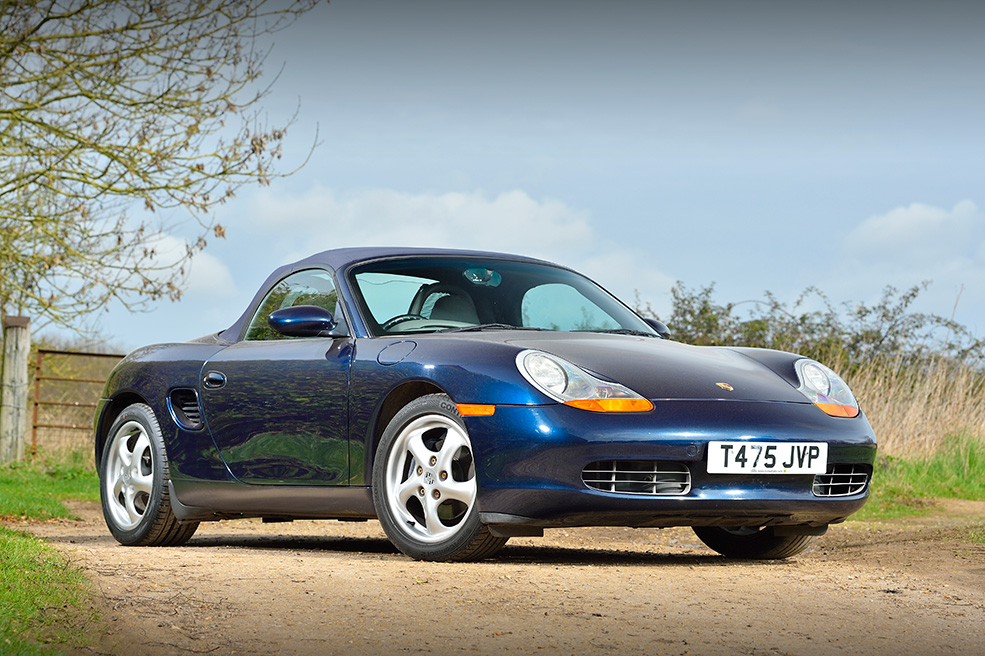
NEW SCHOOL – PORSCHE BOXSTER
TECH SPEC
Engine: 2687c
Power: 217bhp
Top speed: 155mph
Fuel consumption: 28.5mpg
Gearbox: five-speed manual/Tiptronic
Inspired by the iconic 356 Speedster and Porsche 550 Spyder from the 1950s, the Boxster emerged from a 1992 Harm Lagaay prototype with the first production examples leaving the old Porsche 928 production line in Stuttgart in 1996, codenamed the 986.
In 2000, engine capacity for the base model grew from 2.5 to 2.7-litres and the new Boxster S variant appeared with a 249bhp 3.2-litre engine. There was a minor makeover in 2003 when glass replaced plastic in the rear window, and power from the 2.7 and 3.2 was increased to 225bhp and 258bhp respectively.
The second-generation Boxster (987) broke cover in 2005, the most notable visual change being the introduction of Carrera GT style headlamps and slightly wider arches. There were more changes inside, however, with the cabin receiving a comprehensive freshen up. At the same time, power from the 2.7 went up to 237bhp and the 3.2 rose to 276bhp.
The Boxster was originally offered with the option of a five-speed manual ‘box on the 2.5 and 2.7, and a six-speed manual on the 3.2 S (all Audi derived) – as well as a five-speed Tiptronic. Because Tiptronic cars tend to get less abuse than the manuals, these can make the safest bets of all.
WHAT’S THE APPEAL?
It goes without saying the two-seater open top Boxster is a thrill to drive. Even the humble 2.5 will feel quick; it does 0-60mph in just 6.9 seconds and will go on to a top speed of 149mph. Its scalpel sharp steering response, impeccable road manners and assured handling will make even the most novice driver feel special. Indeed, the chassis has all the tenacity of the 911’s but with superior agility, fluency and control due to its mid-engine configuration.
The fact that the Boxster looks so much more exotic than it is – and totally classic – is another bonus given its thoroughly modern underpinnings and tantalisingly affordable price range.
OWNING THEM
Inevitably, the very earliest Boxsters are beginning to show their age now and playing catch up on a neglected one will make a very big dent in your wallet. The key, therefore, is to find one with a sound service history and a wad of recent receipts to help avoid the nasty surprises.
DIY maintenance is possible, but the mid-engine configuration doesn’t make life easy, nor does the plethora of electronics. That said, relatively inexpensive service parts are available from a number of independents – so you will find prices surprisingly affordable for a ‘modern’ Porsche. How does £14.80 for an oil filter element sound?
BUYING THEM
• Rear main oil seals leak, but use it as a negotiating tool as it’s expensive to replace
• Listen out for camshaft chain rattle
• If compression’s low, suspect porous cylinder heads
• Misfires or rough running could be coil pack failure
• LEDs on heater control can fail, so make sure it still works
• Dual Mass Flywheels are pricey to replace, so beware of any vibration or judder
VALUES
You might be surprised to learn you can still pick up an early Boxster for around half the cost of a new Dacia Sandero. Yes, indeed, you can buy a 2.5 Boxster for £3,000.
Early Boxster S models start at £5,000 with the last of the 986’s struggling to make any more than £10,000. While the S is likely to be a good long-term investment as far as classic status is concerned, bear in mind it will be more costly to run. A better bet then might be the 2.7 introduced in 1999 and these begin at roughly £4,500.
PORSCHE BOXSTER INSURING
To cover a 2000 Porsche Boxster worth £4000, you’re looking at £200 with £200 accidental damage, fire and theft excess through Adrian Flux.
Quotes are based on a 45-year-old male, second vehicle. The car is garaged, covers 3000 miles a year and lives in an SP2 postcode. He has no claims or convictions, is a club member, and is employed as a marketing manager. Comprehensive cover quotes were supplied by Adrian Flux and include free legal cover and optional agreed value. You can get your own quote at Adrian Flux or on 0800 085 5000.
OLD SCHOOL VS NEW SCHOOL SERIES
Thinking of getting your hands on a modern classic car? Well keep an eye on Classics World for the next of our old school vs new school classics feature, where we will visit the controversial subject of traditional classics compared to their more youthful equivalents.


